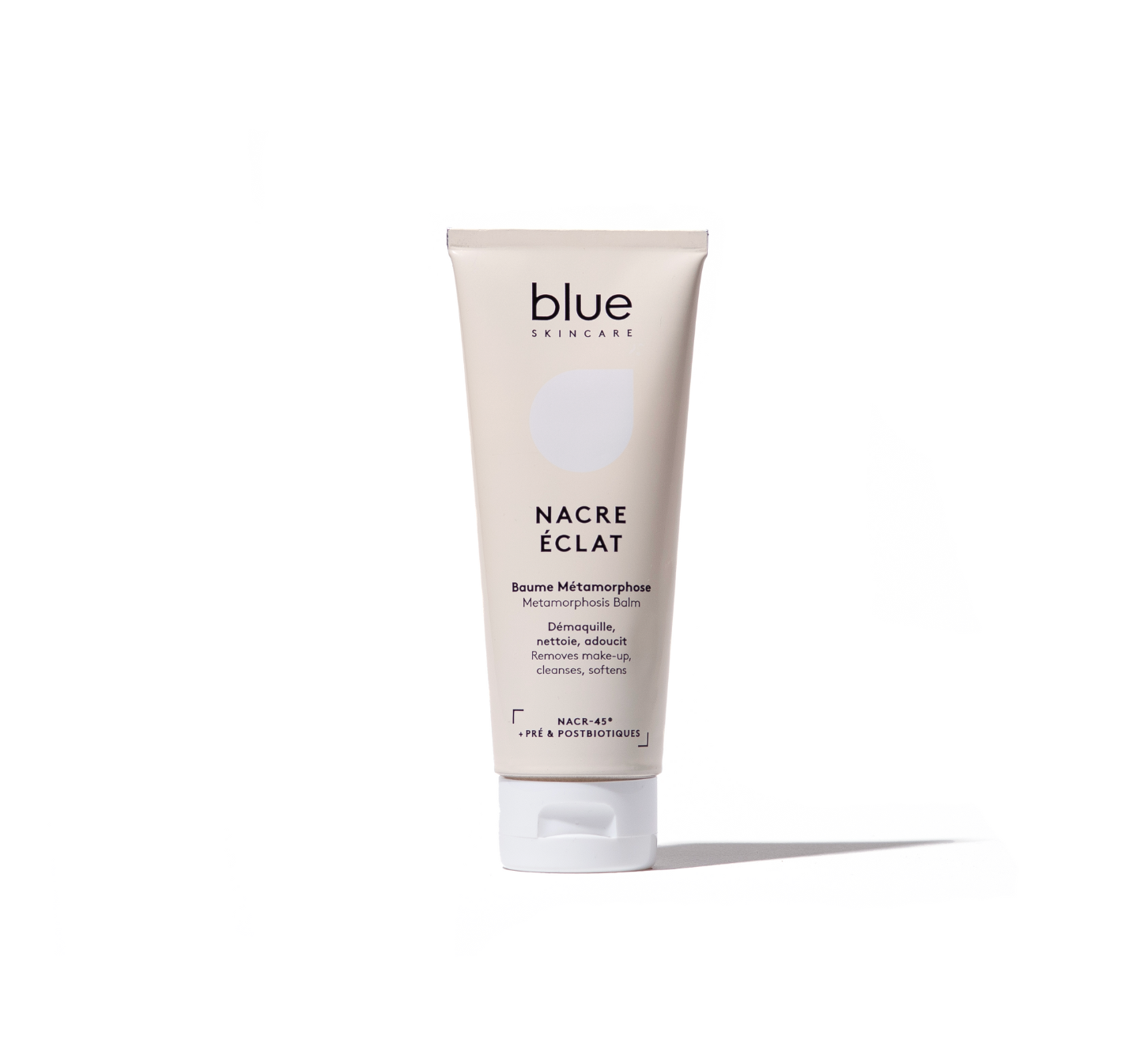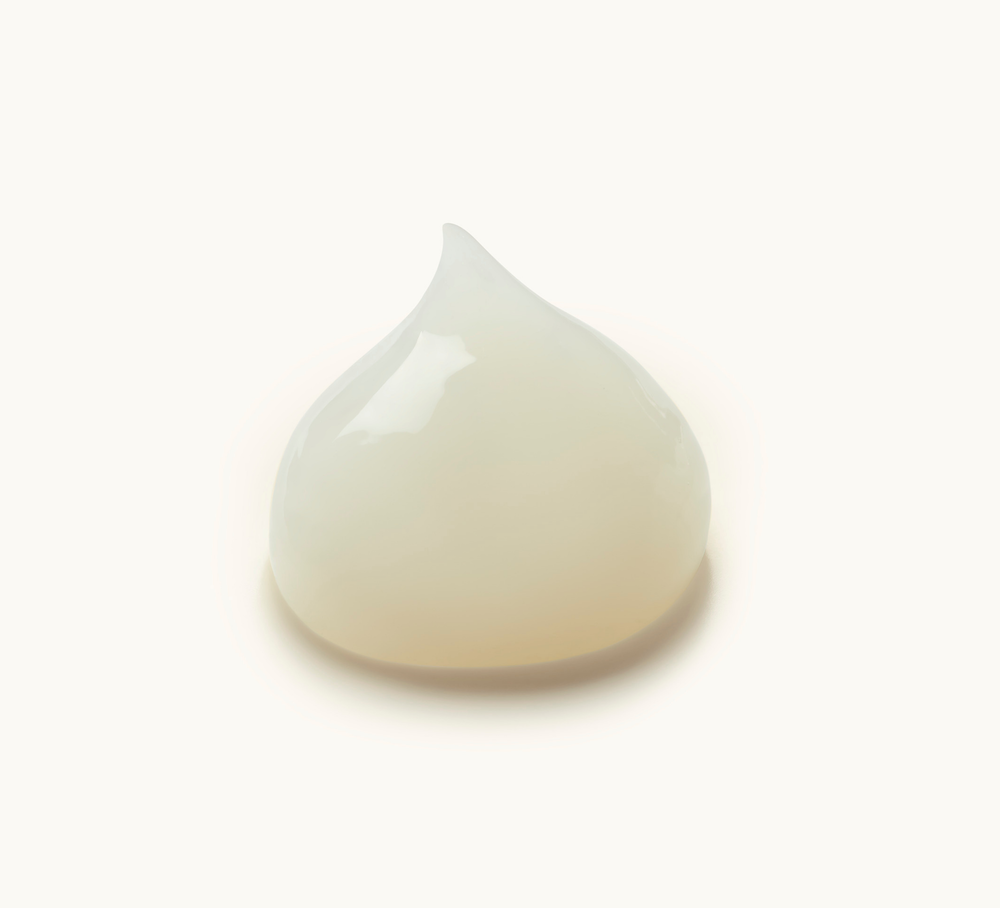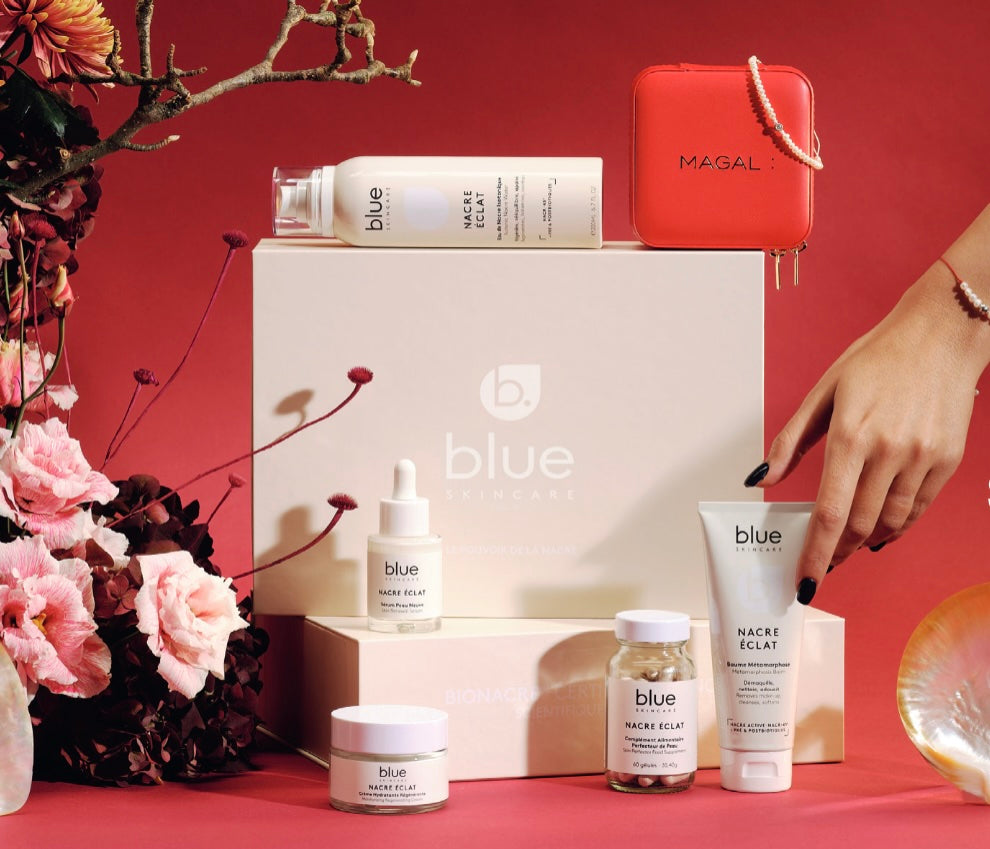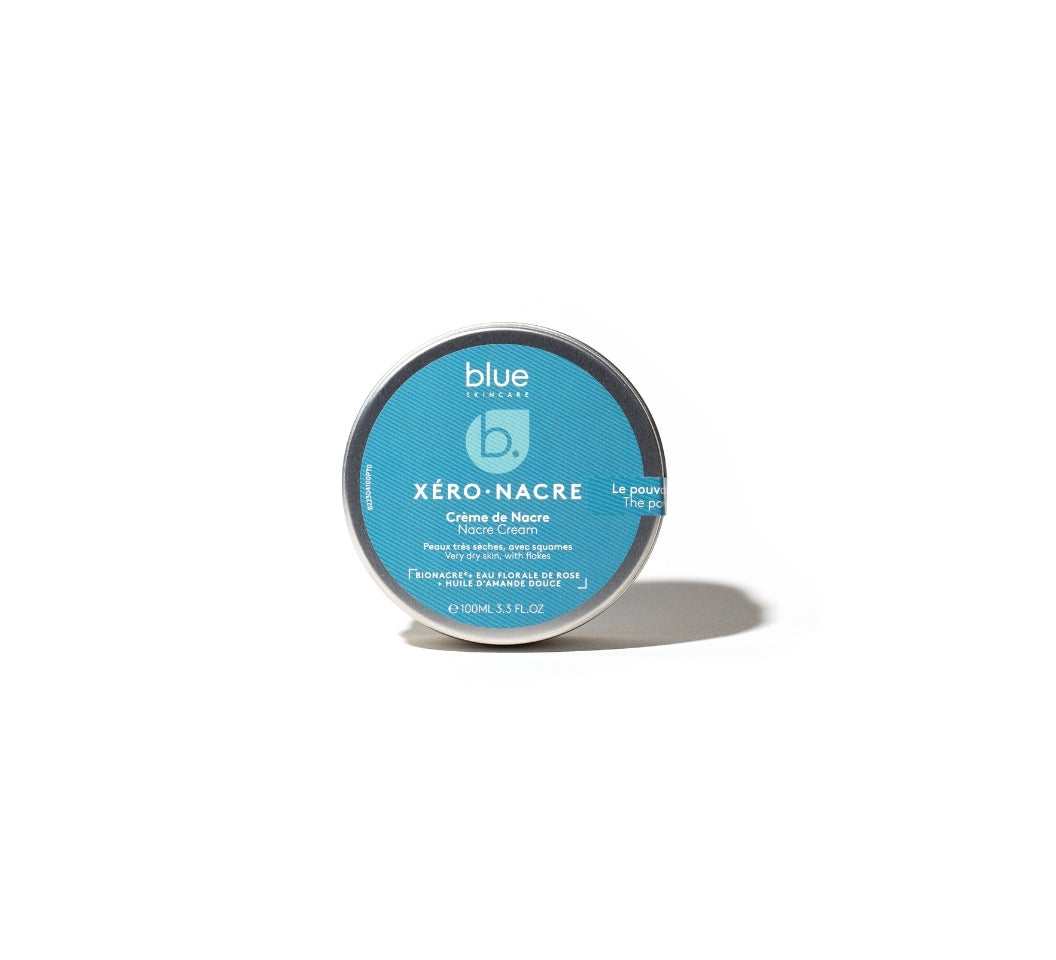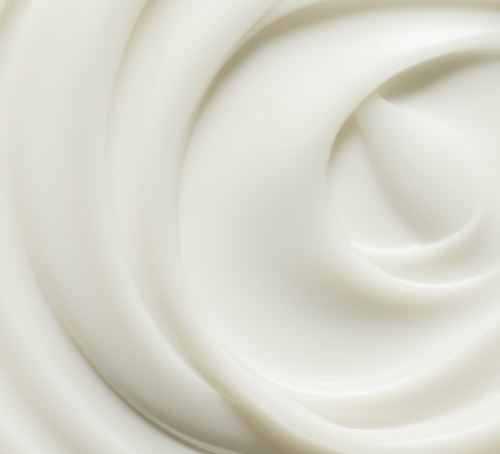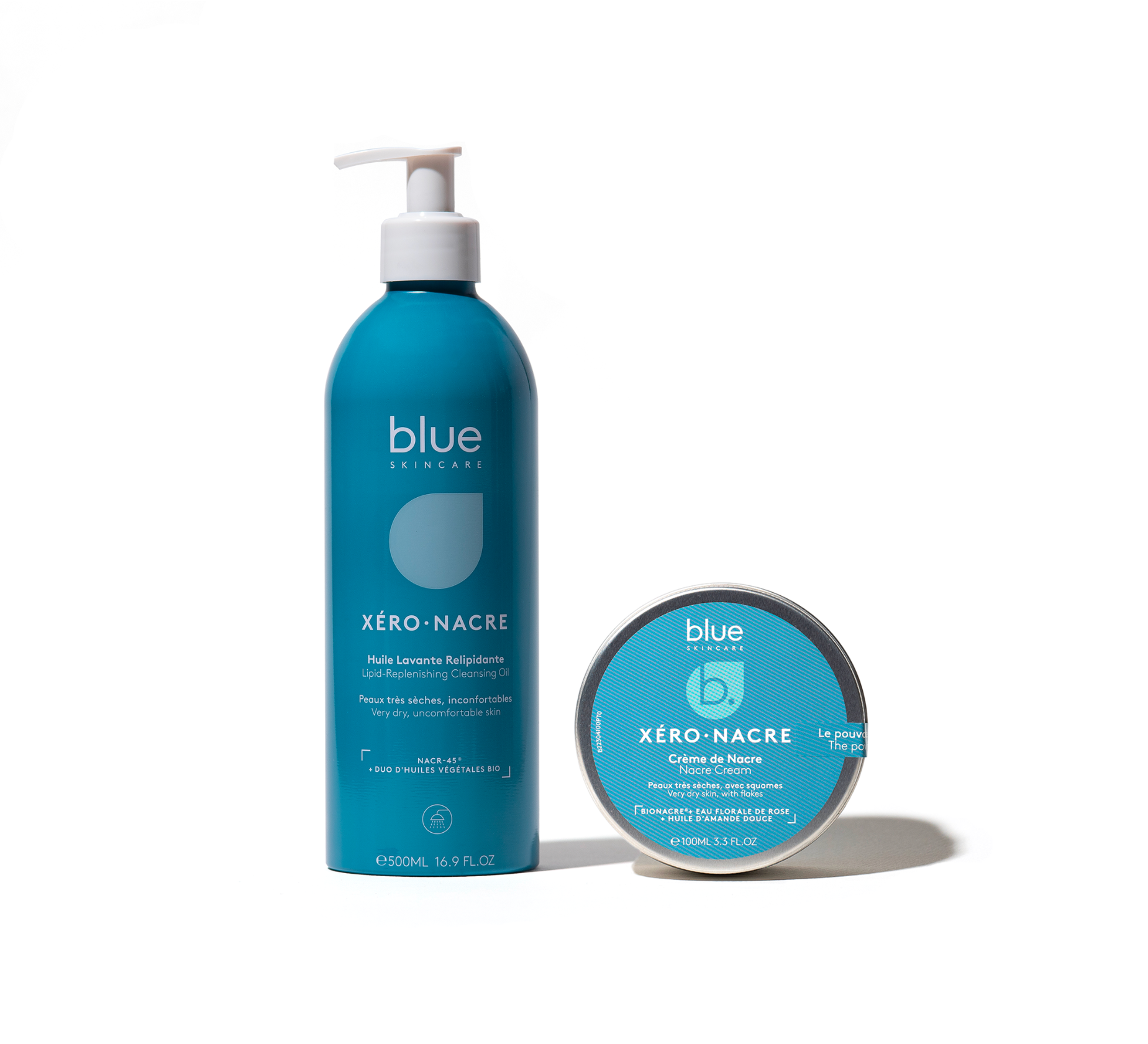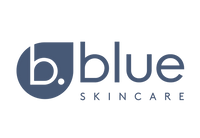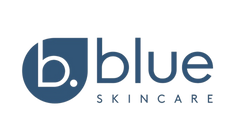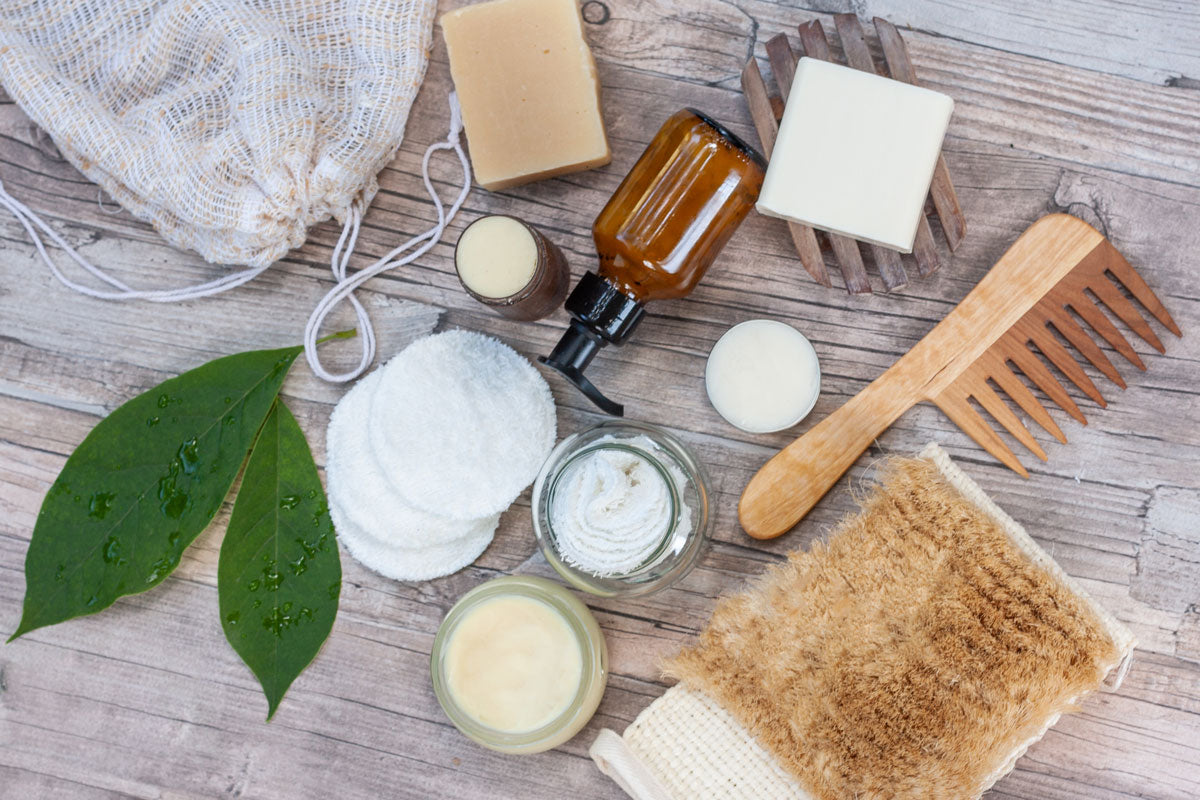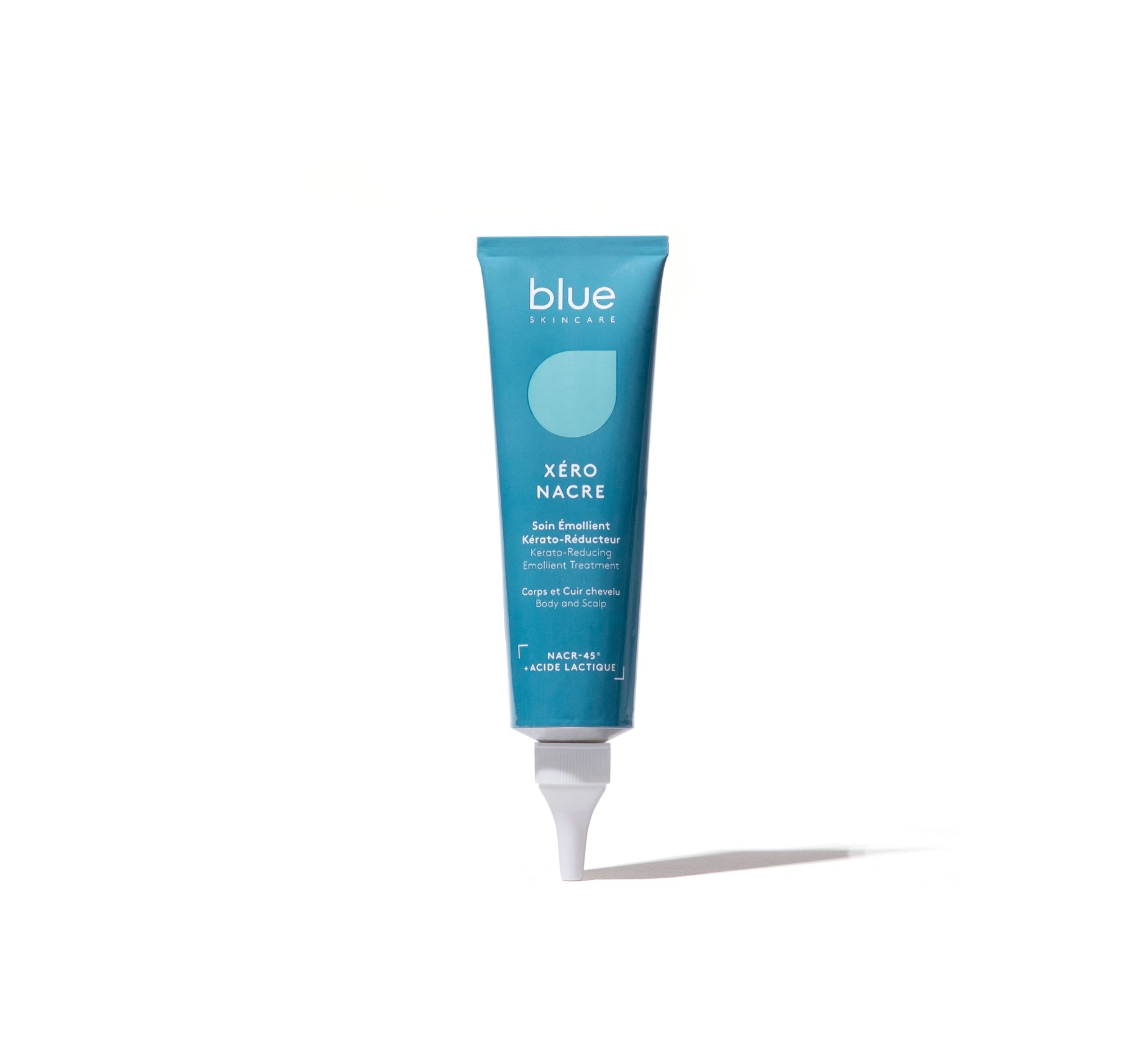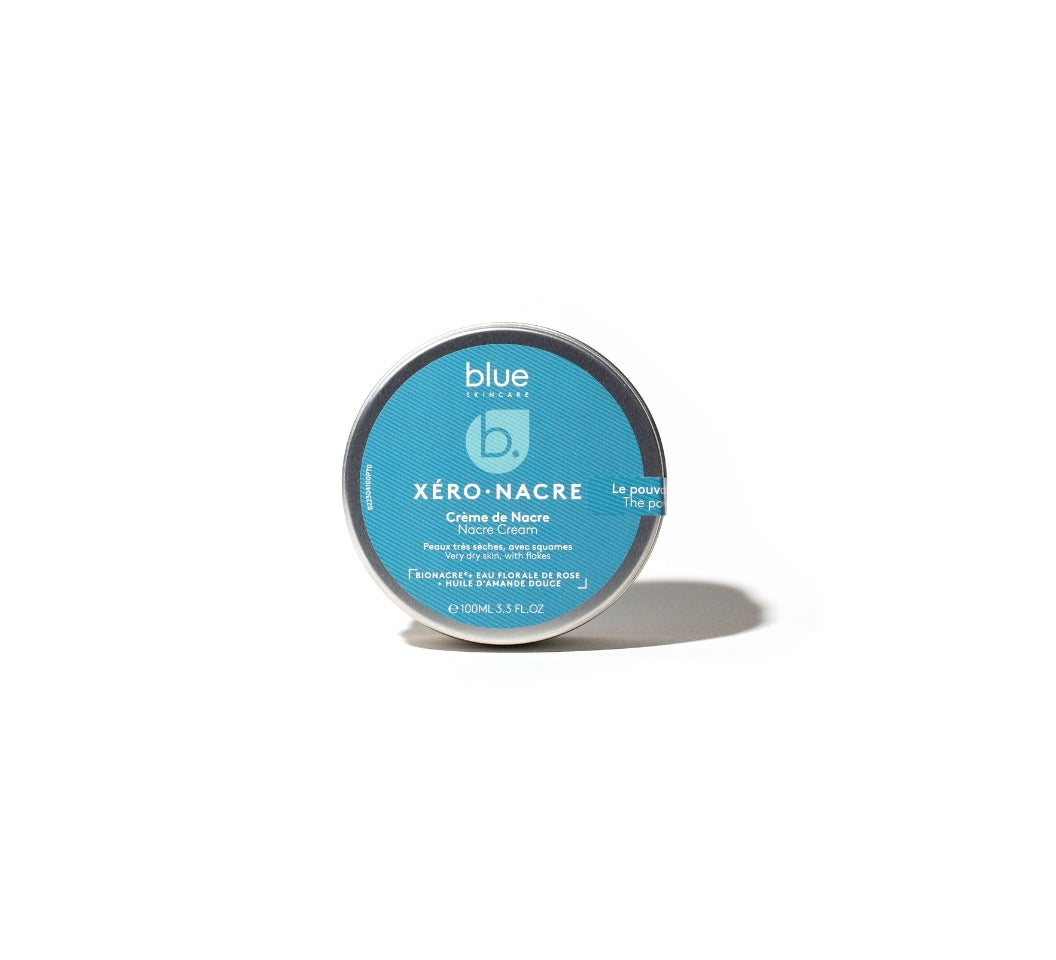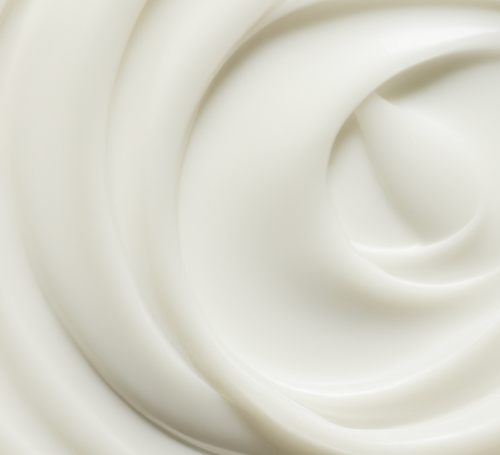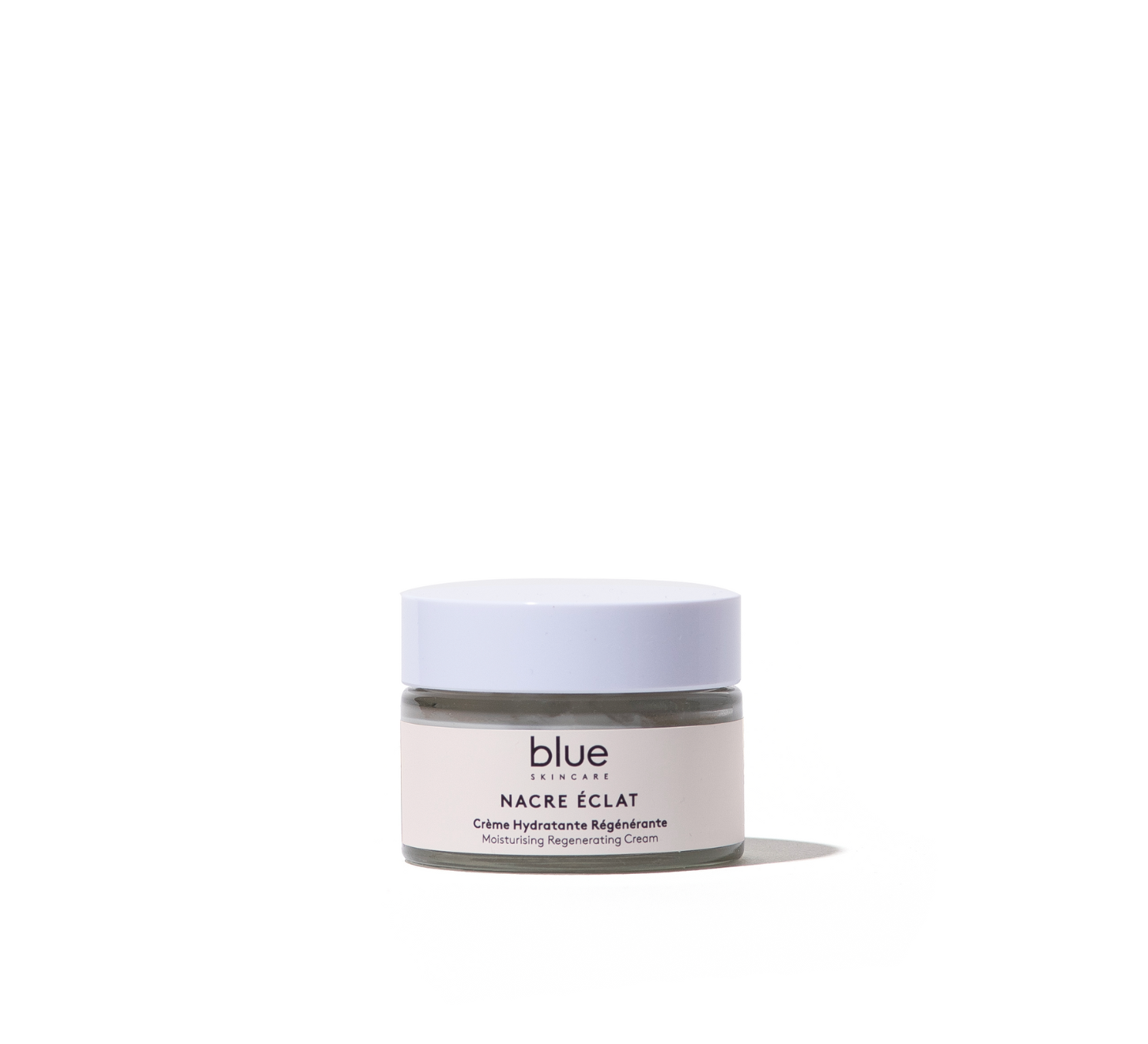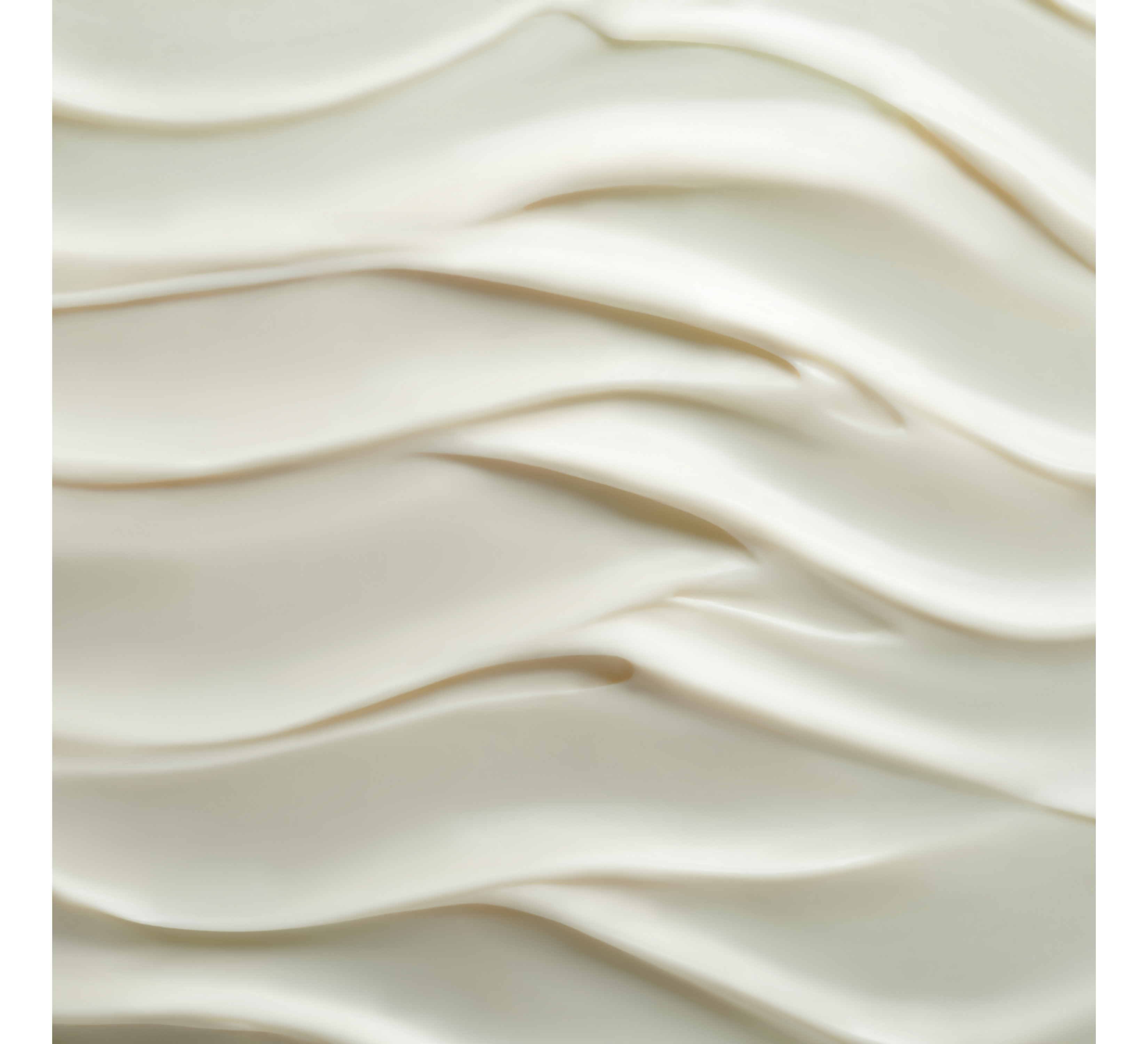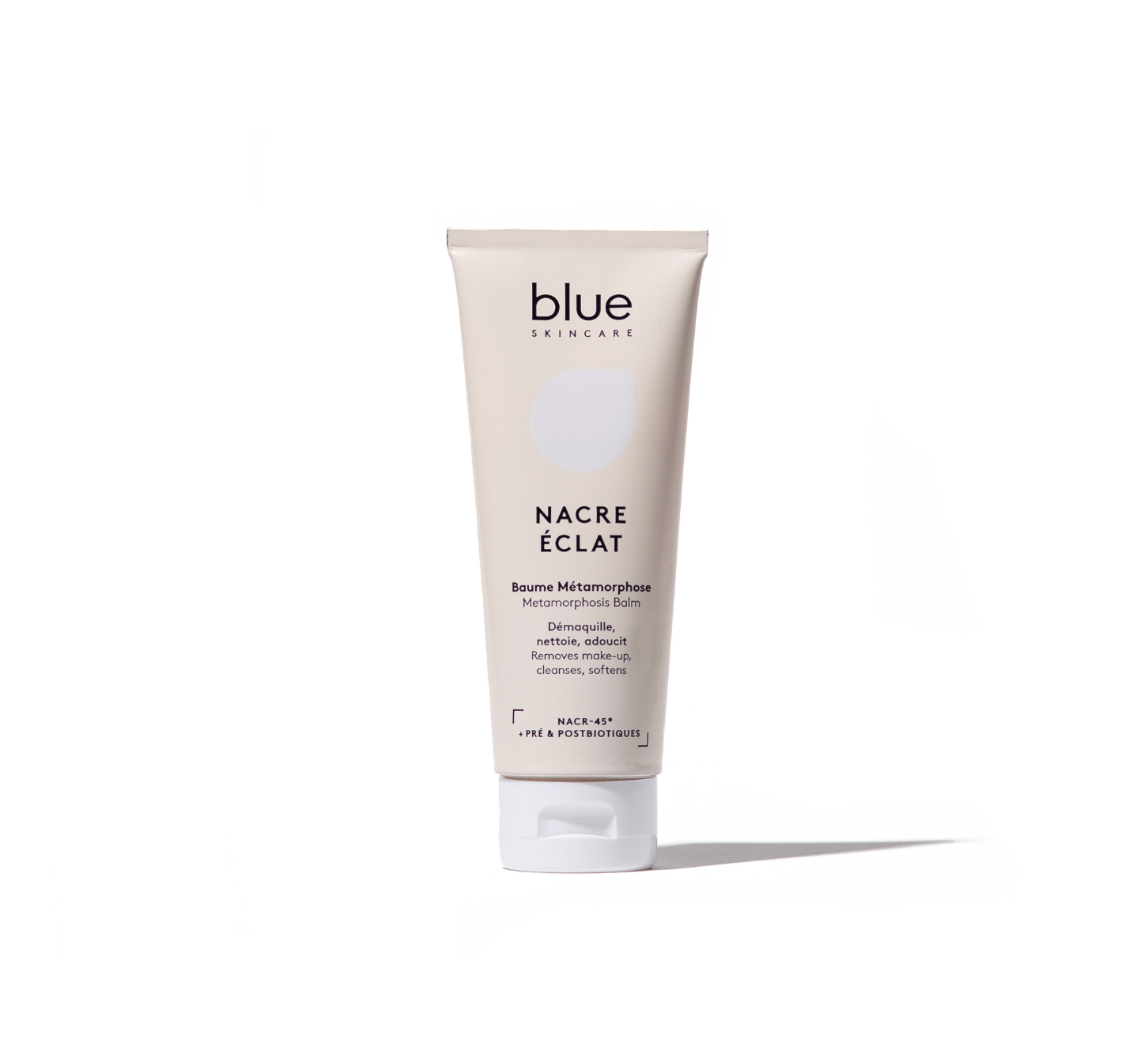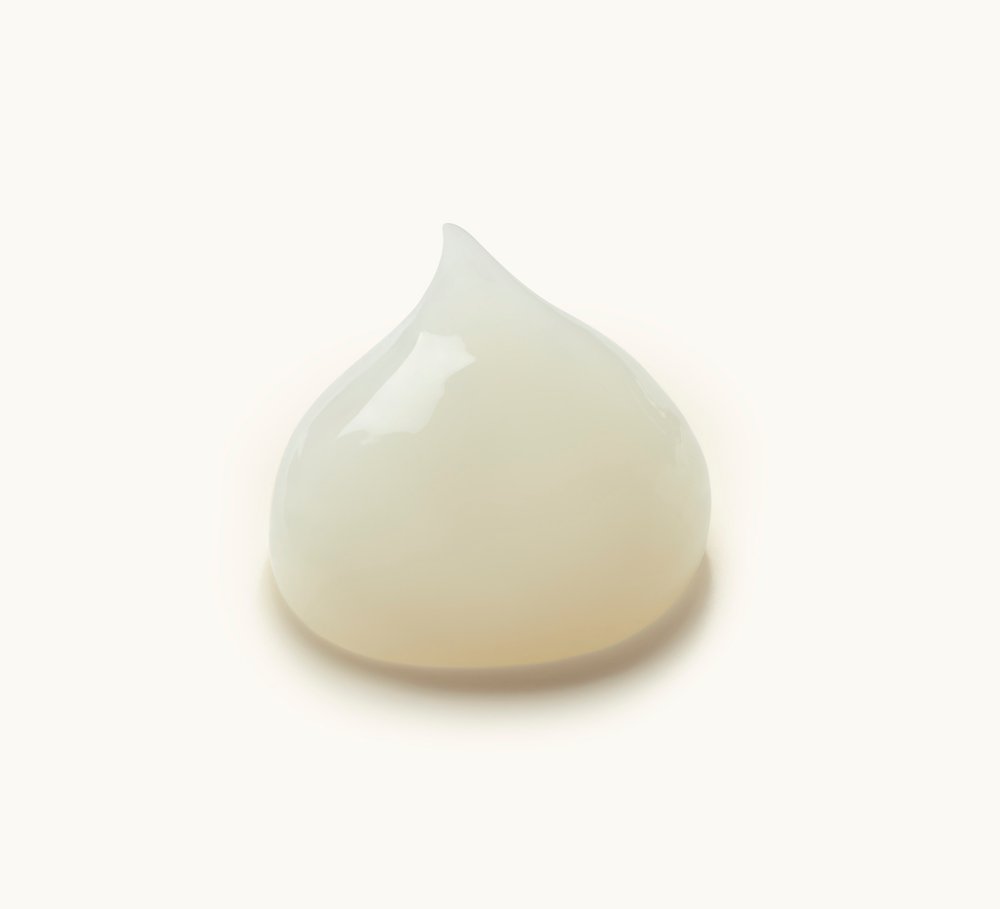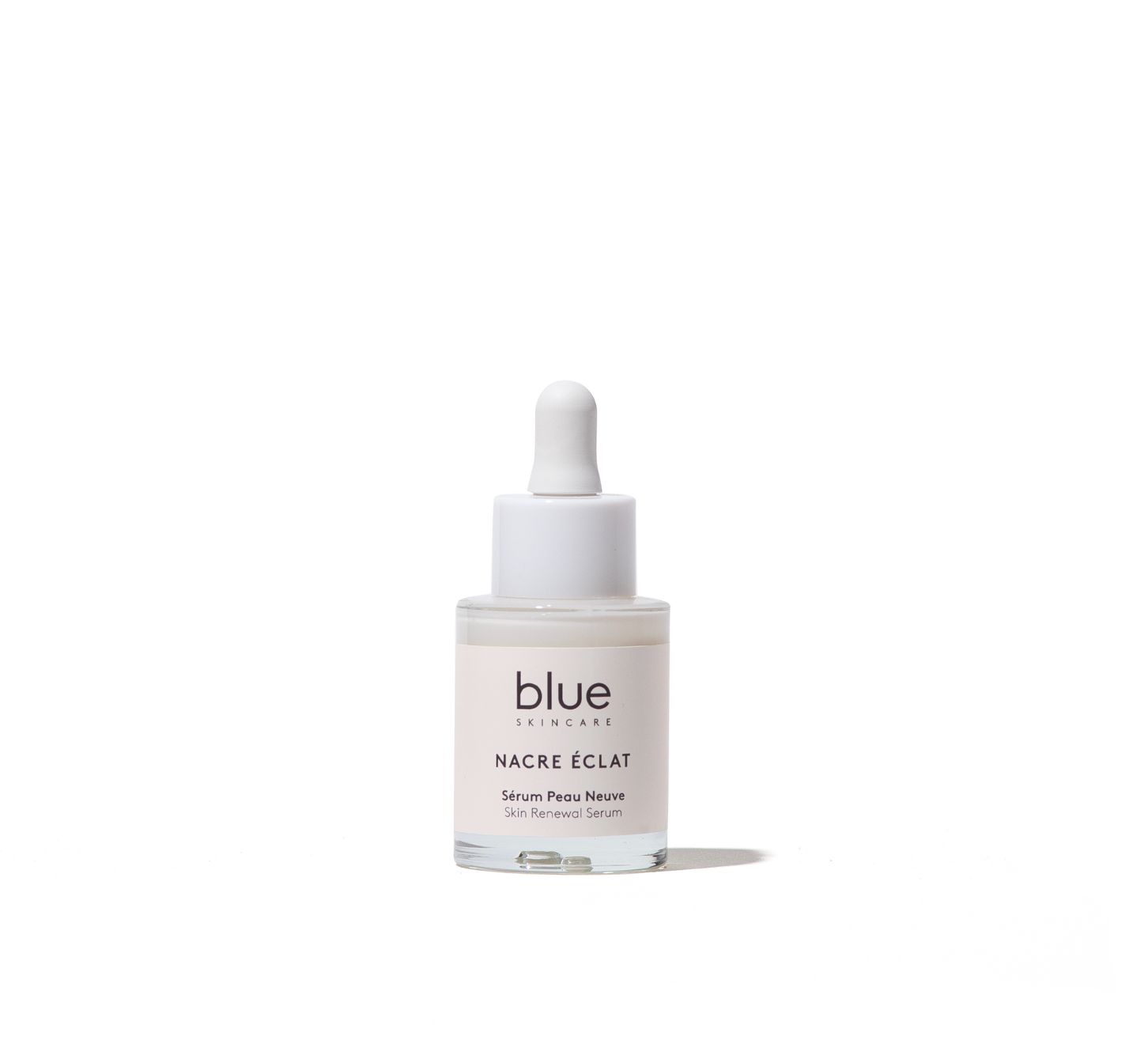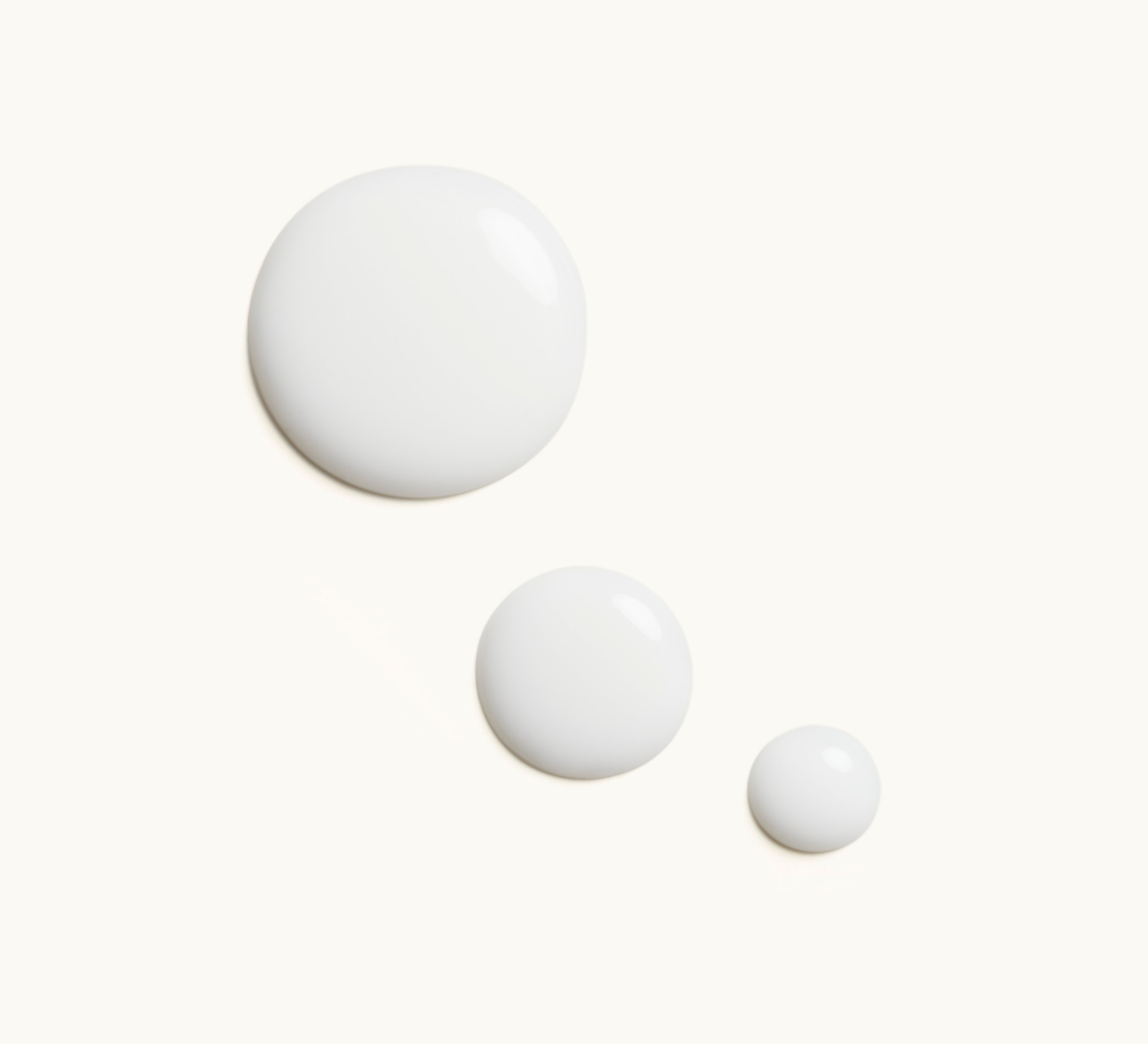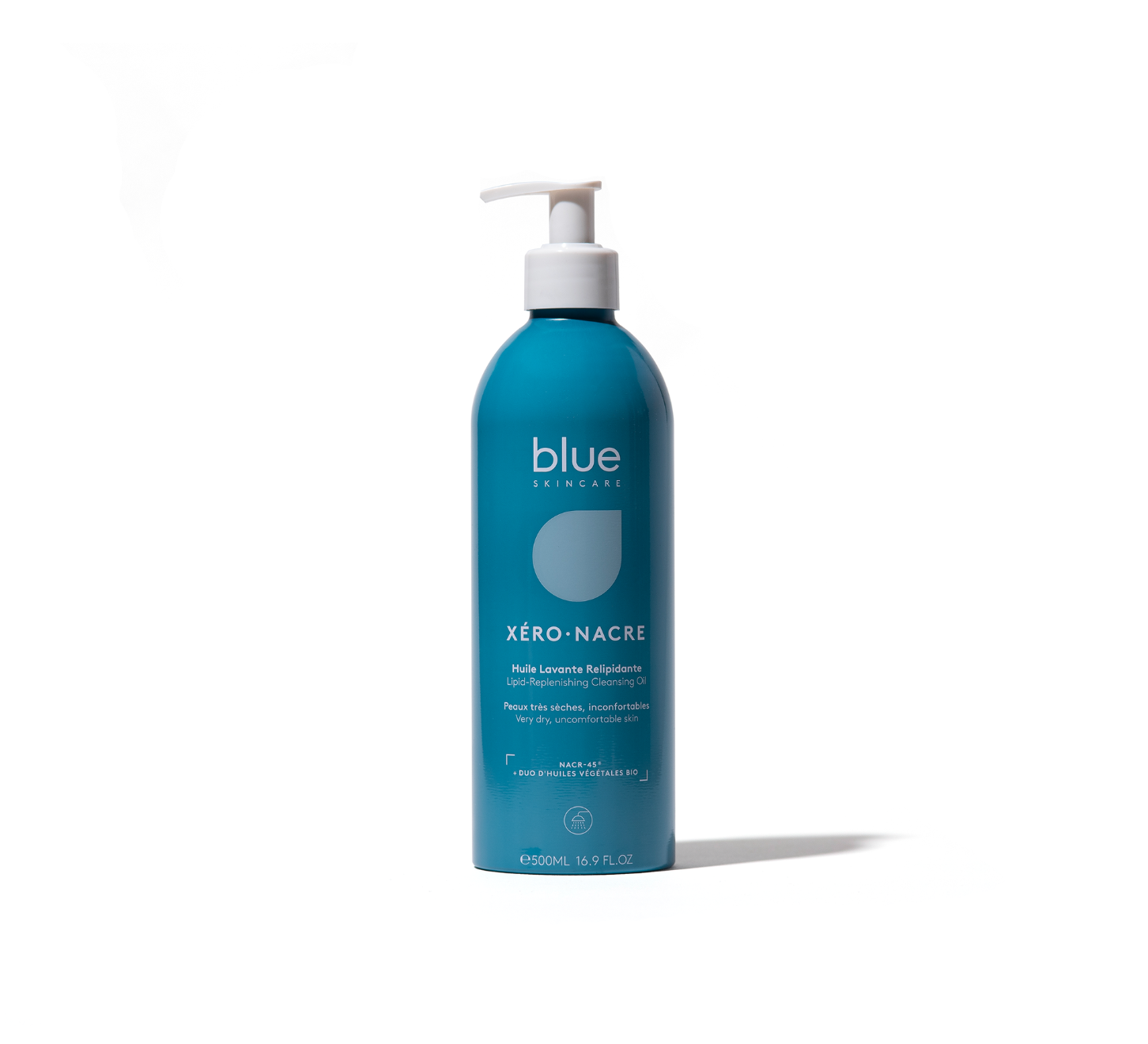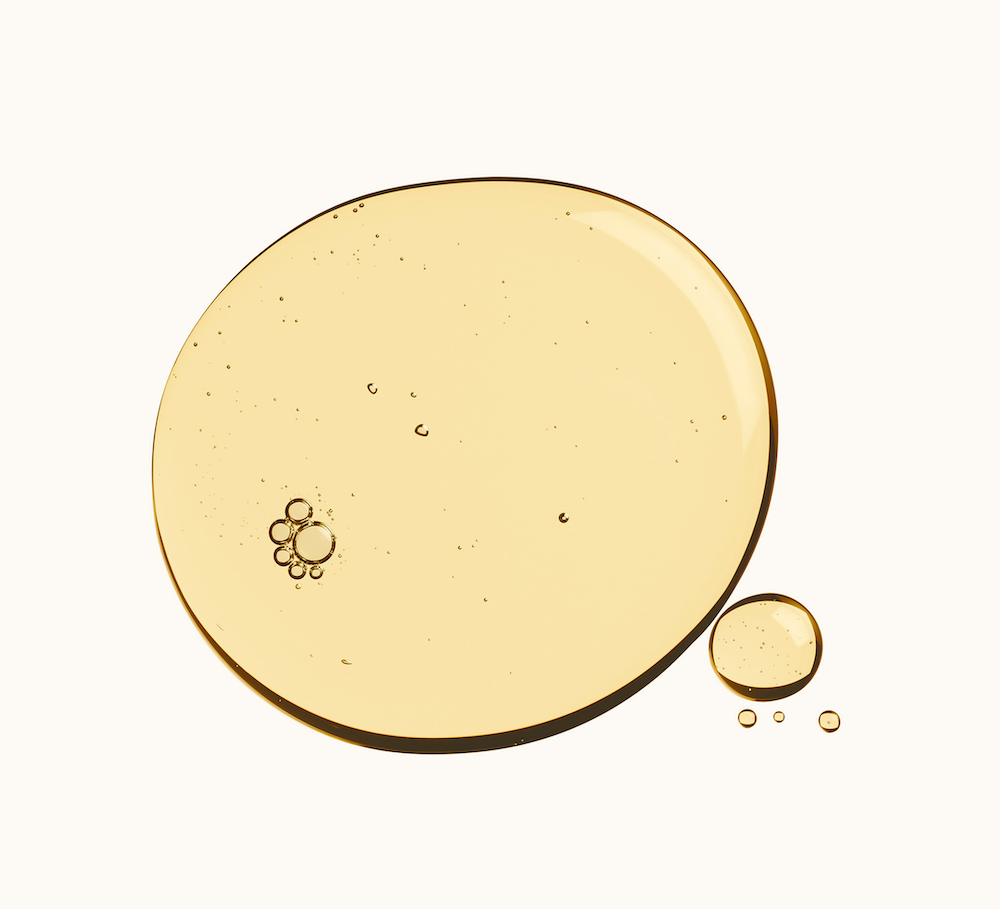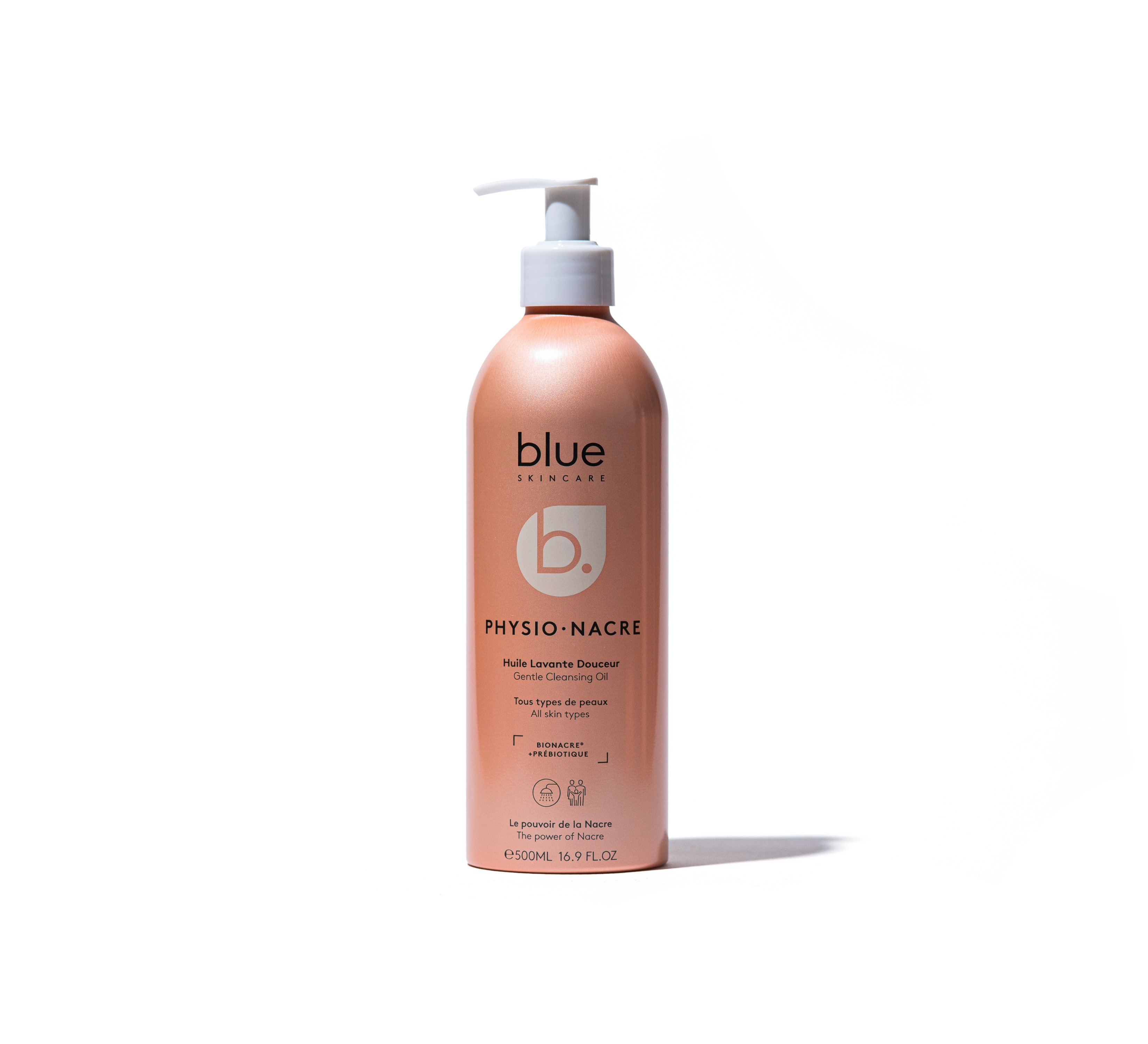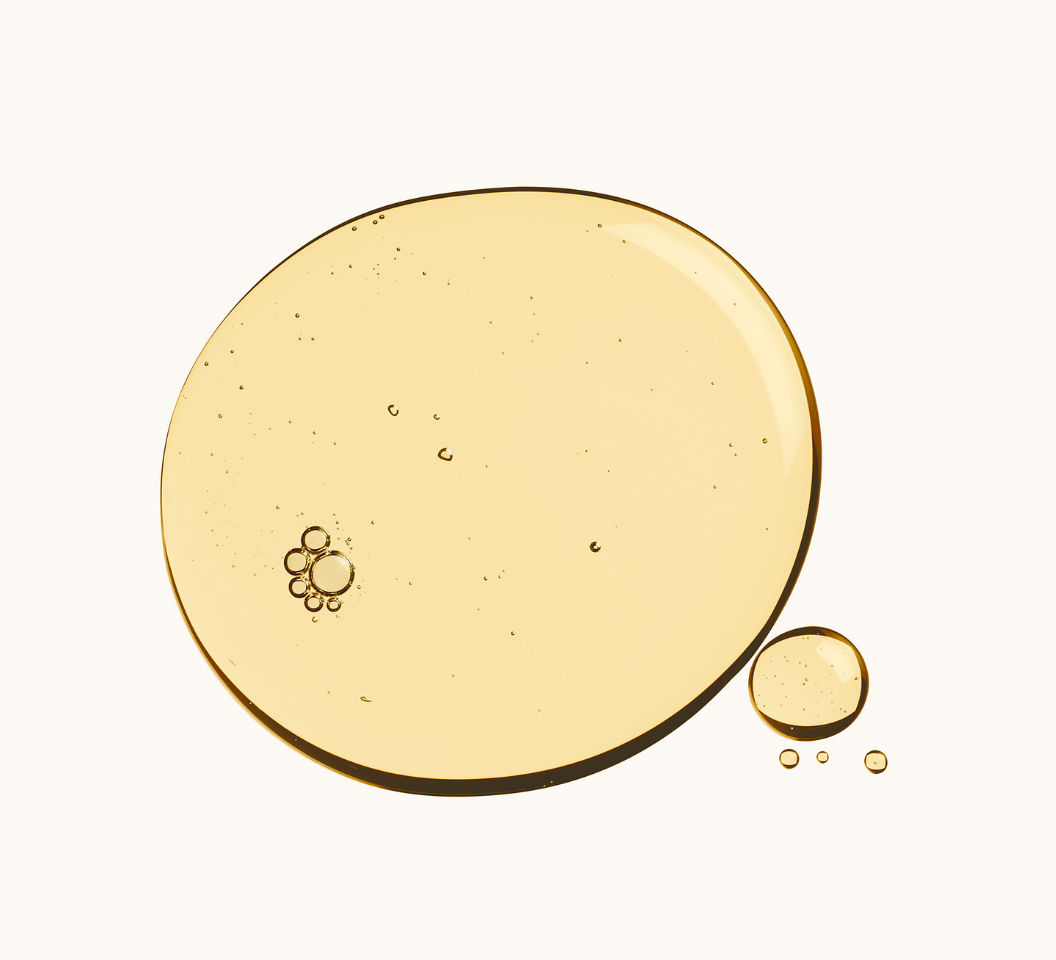7 conseils pour adopter la Clean Beauty
Tentée par la Clean Beauty ? Mais concrètement comment s’y mettre ? En pratique, comment bien choisir un produit cosmétique dans la famille de la Clean Beauty ? Comment suivre les bonnes pistes et éviter les faux pas ?
Tapez #CleanBeauty sur instagram… et vous tomberez sur 3,4 millions de photos à date. Autant dire que le sujet Clean Beauty passionne les foules. Entre un concept encore flou où chacun peut mettre ce qu’il veut derrière l’appellation anglaise « beauté propre » et votre volonté de bien faire, comment tracer son propre chemin ? Voici 7 conseils, simples, pratiques et rapides, pour vous aider à adopter au quotidien la Clean Beauty attitude.
Conseil n°1 : Définissez le produit dont vous avez envie
Quelles sont vos attentes ? Supprimer les silicones ? Faire la chasse aux perturbateurs endocriniens ? Acheter 100% local ? Privilégier uniquement les produits véganes ou les produits bio ? Le plus simple est d’imaginer votre liste en suivant vos propres critères. Cette liste d’envie pourra comprendre les ingrédients à éviter, les marques, les produits et les influenceurs qui correspondent à vos valeurs. Vous pourrez ainsi rester connectée en suivant les bons comptes sur Instagram. Plus tard, quand vous aurez besoin d’une nouvelle crème de jour, d’un mascara ou autre… vous saurez vers qui vous tourner.
- Le bon geste :
Restez lucide. Si certains ingrédients, comme les huiles essentielles ou les parfums, sont allergènes, votre peau peut les supporter malgré tout. Donc, évitez de devenir une ayatollah incontrôlée de la Clean Beauty.
Conseil n°2 : Décryptez la liste INCI des ingrédients
La liste INCI, de son nom savant « International Nomenclature of Cosmetic Ingredients » est obligatoire et vous permet de connaître les ingrédients utilisés dans le produit. Si le principe est bon, c’est difficile pour un néophyte de repérer les ingrédients pas clean.
- Les ingrédients pas très clean
Par exemple : paraffinum liquidum a plutôt l’air d’être un ingrédient des plus inoffensifs, mais c’est malgré tout une huile minérale. Une huile minérale évoque à priori les minéraux, donc la nature. Oui, mais une huile minérale (comme les petroleum et autre petrolatum) est tout sauf naturelle. Une huile minérale est 100% issue de la pétrochimie, donc clean en rien. Ce dérivé du pétrole a aussi le bon goût d’obstruer les pores. Ce que les peaux à imperfections ou sensibles ne risquent pas d’apprécier.
- Les mots barbares à éviter
Autre conseil pour repérer les composants pas clean : tous les termes barbares terminant par « thicone » qui sont des silicones qui étouffent la peau (comme le dimethicone). La famille des parabènes tant décriés est plus repérable : méthylparabène, éthylparabène, butylparabène, propylparabène… Lisez attentivement les étiquettes pour identifier des termes comme laurylsulfate de sodium (LSS) ou certains phtalates (DBP, DEHP, DEP, BPA…) que la Clean Beauty n’apprécie pas du tout.
- La hiérarchie de la liste INCI
Petite nuance à connaître : les marques sont aussi tenues d’indiquer la liste d’ingrédients en fonction de leur concentration et seules les substances supérieures à 1% sont obligatoirement mentionnées. Plus l’ingrédient est concentré dans le produit, plus il est en haut de la liste. Donc, regardez les ingrédients situés en premier sur la liste, cela vous donnera déjà une bonne indication sur le produit.
- Le bon geste :
Cette liste INCI est inscrite sur le packaging, donc si vous voulez devenir la reine du shopping version Clean Beauty, décryptez votre produit avant de jeter le pack (qui finit le plus souvent dans la poubelle de tri) ou, mieux au moment de l’achat. Cela vous évitera de nombreuses déconvenues.
Conseil n°3 : Téléchargez les bonnes applis
Pour passer au crible les produits de beauté sans passer un doctorat en cosmétologie, il vous suffit de télécharger les applis spécialisées (et gratuites). En un coup de scan, les applis comme « Clean Beauty », « INCI Beauty », « Yuka Beauty » soulignent les ingrédients controversés, les perturbateurs endocriniens et autres agents suspects. C’est une façon, rapide et efficace, de se familiariser avec la liste INCI.
- Le bon geste :
Laissez-vous du temps avant de vous transformer en parfaite Gwyneth Paltrow, déesse incontestée de la Clean Beauty. Apprenez un peu chaque jour sans passer votre vie sur votre décodeur de liste INCI.
Conseils n°4 : Privilégiez les ingrédients naturels mais pas seulement

Certes les ingrédients naturels respectent mieux l’esprit de la Clean Beauty. Mais que penser des allégations du style « XX% des ingrédients d’origine naturelle » ? Les produits en question n’ont-ils pas subi des modifications chimiques avant de finir dans une crème de beauté onctueuse et parfumée ? De même, tous les ingrédients de synthèse, notamment ceux qui sont issus de la chimie verte, encore surnommée chimie durable, écologique ou renouvelable parce qu’elle réduit les substituts mauvais pour l’environnement, sont-ils à rejeter ? Non.
- Dans la Beauté Clean tout n’est pas bon
Un produit bio sans conservateurs mais contenant de l’alcool à haute dose (à la place des dits-conservateurs) mérite-t-il votre attention ? Enfin, la « toxicité » présumée des ingrédients dépend des réglementations de chaque pays. En Europe par exemple 1300 substances sont interdites dans les cosmétiques. Ailleurs, la réglementation est nettement plus laxiste.
- Le bon geste :
Évitez les arguments marketing qui font vendre et méfiez-vous des marques qui pratiquent le greenwashing (cela ressemble à des produits naturels… mais de très très très loin si on y regarde de plus près).
Conseil n°5 : Surveillez les packagings

Adopter la clean beauty dans sa salle de bains, c’est aussi entreprendre une démarche plus générale de « nettoyage ». Donc évidemment, on recycle les packagings en carton et suremballage en plastique et on n’hésite pas, dans tous les domaines (beauté, mais aussi alimentaire) à interpeller les marques sur cette manie de sur-packager tout le temps les produits.
- Le bon geste :
Regarder aussi bien le contenu que le contenant. Il y a un énorme enjeu pour demain sur tous les packagings de nos soins beauté (matériau, rechargeable etc…)
Conseil n°6 : Choisissez une distribution et des marques clean
Face à la vague de la Clean Beauty, les distributeurs et les marques jouent de plus en plus la transparence et c’est tant mieux. Donc renseignez-vous sur les univers des marques que vous aimez. Faites un tri, restez en veille (les choses évoluent vite) et saluez aussi les efforts des mastodontes qui proposent des lignes dédiées à la Clean Beauty sans pour autant cleaner tous les autres produits… cela va forcément prendre du temps. La Clean Beauty, c’est aussi la politique des petits pas.
- Le bon geste :
Être cohérent envers soi-même. Etre « clean », c’est entamer une démarche globale de consommation responsable dans tous les domaines, pas seulement dans sa salle de bains. Chacun fait à son rythme, mais il est important de garder en tête cette vision holistique. Chacun met le curseur où il peut, mais par exemple faire la chasse aux ingrédients suspects dans la salle de bains tout en achetant des légumes bio qui viennent de l’autre bout du monde… ça peut ne pas avoir beaucoup de sens si on y réfléchit deux secondes.
Conseils n°7 : Triez votre salle de bains

Si vous êtes dans une démarche Clean Beauty, vous pouvez déjà commencer par trier les étagères de votre salle de bain. En mode Marie Kondo du pot de crème, la reine du rangement avec sa méthode KonMarie, identifiez bien ce que vous n’utilisez pas ou plus. Inutile aussi de garder pour garder, les cosmétiques périssent vite. Faites un tas « à donner » et un autre « à jeter ».
- Le bon geste :
Trier… c’est bien à condition de ne pas retomber dans des achats compulsifs après. La beauté clean c’est aussi consommer moins mais mieux. Et gardez un œil sur votre budget car souvent acheter « Clean Beauty » c’est aussi dépenser un peu plus que pour la cosmétique traditionnelle.
